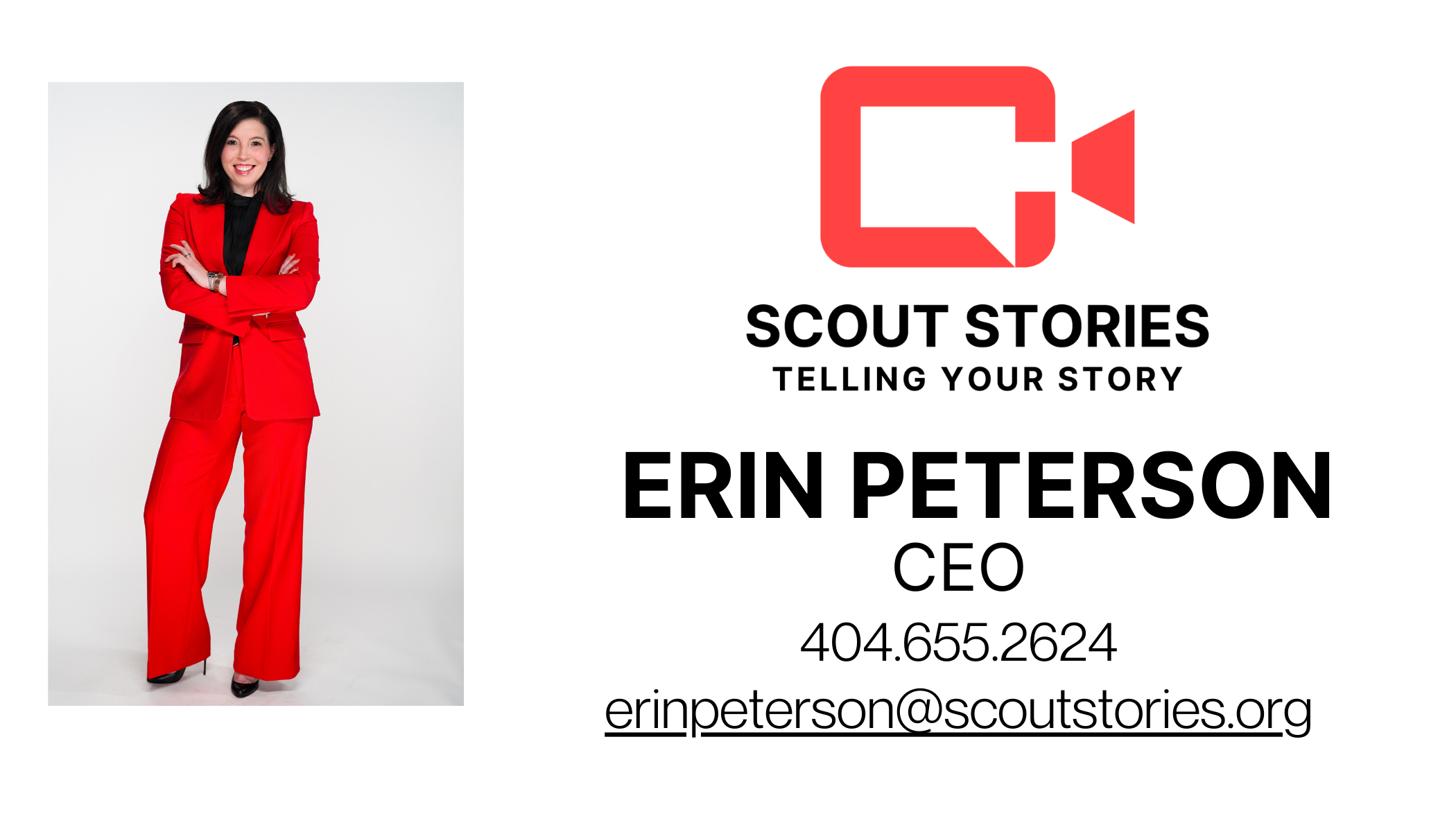ARE YOU FOCUSED ON OUTPUTS OR OUTCOMES?
Are You Focusing on Outputs or Outcomes?Plant seeds that actually get results It’s easy to get caught up in the numbers. You posted five times last week. Your email campaign reached 10,000 people. Your team delivered a polished report ahead of schedule. Those are your outputs—the tangible actions you take. But here’s the real question: What did those actions actually accomplish? Did they engage your audience, inspire change, or move the needle on your goals? That’s the outcome. In storytelling, business, and especially on social media, we can’t afford to confuse outputs with outcomes. Focusing on outcomes ensures your efforts actually matter and drive meaningful results. Here’s how to make the shift, with actionable tips to measure your social media metrics more effectively. 1. Understand the Difference Between Outputs and OutcomesThink of it like planting a garden. The output is planting 50 seeds. It’s measurable and feels productive. But the outcomeis whether those seeds grow into healthy, thriving plants. Outputs are what you do. Outcomes are the results that matter. On social media, your output might be publishing daily posts, while the outcome could be increased engagement, website traffic, or conversions. The former is activity; the latter is impact. Try it: 2. Shift from Vanity Metrics to Value MetricsIt’s tempting to focus on likes, shares, and follower counts. While these vanity metrics can feel gratifying, they don’t always reflect meaningful impact. Value metrics, on the other hand, focus on outcomes like audience engagement, click-through rates, and conversions. Try it:
Shift your focus from “How many people saw this?” to “What did they do after seeing it?” 3. Tell Stories That Resonate With Your AudienceOutputs often focus on what you want to share. Outcomes require you to think about what your audience needs to hear. It’s about crafting stories that connect emotionally and inspire action. Try it:
Remember, your goal isn’t just to post—it’s to connect and inspire action. 4. Use Outcomes to Refine Your StrategyOne of the biggest benefits of focusing on outcomes is that they provide valuable insights into what’s working—and what isn’t. If your posts are getting lots of impressions but low engagement, it’s a sign your content needs more resonance. If your click-through rates are high but conversions are low, it’s time to refine your landing page or offer. Try it:
Data-driven storytelling is key to driving results. 5. Outcomes Tell the Real StoryAt the end of the day, outcomes are what create impact. Your audience won’t remember how many posts you published last week, but they’ll remember how your message made them feel and what it inspired them to do. Try it: Ready to Shift Your Storytelling to Outcomes?
I'm Erin Peterson, part of the team at Scout Stories. Think of us like a therapist, but for stories. We listen and get the details out. Provide perspective. But most importantly, we teach you to create connections, build relationships that attract the right kind of attention. |
SCOUT YOUR STORY
Get weekly, actionable storytelling hacks to help you captivate, sharpen, and make a lasting impact—whether in business, branding, or everyday conversations.
How to Use Place as a Character Season 1 Lights GIF by Stranger Things Because strong stories don’t just take place. They live there. Quick—what do you remember about Stranger Things? Sure, the kids. The Demogorgon. The synth-heavy soundtrack. But also?That flickering light in Joyce’s living room. The cold, colorless tunnels of the Upside Down. The flickering neon of Starcourt Mall. Place wasn’t just a backdrop. It was the mood. The tension. The vibe. And that’s what great storytelling...
Why “Showing” Beats “Telling” in Storytelling Interrupt Zoey Klein GIF by TLC You don’t have to say it’s vulnerable. You just have to make us feel it. “I’m showing up vulnerably today.”How does that land with you? Now try this:“I hit ‘publish’ even though my hands were shaking.” Same emotion. Very different impact. One tells you how to feel.The other shows you what it felt like. And in storytelling, that difference is everything. Why It Matters In a world where we scroll past a thousand posts...
What Storytelling Can Learn from Stand-Up Comedy Stand Up Comedy GIF by Modern Love Because great delivery isn’t just for punchlines. If you want to understand audience dynamics—watch a stand-up comic work a room. At Scout, we study all kinds of communicators. And honestly? Some of the best storytelling lessons don’t come from speakers, marketers, or TED Talk pros. They come from comics. Not just because they’re funny (though that never hurts). But because great comedians know how to hold...
